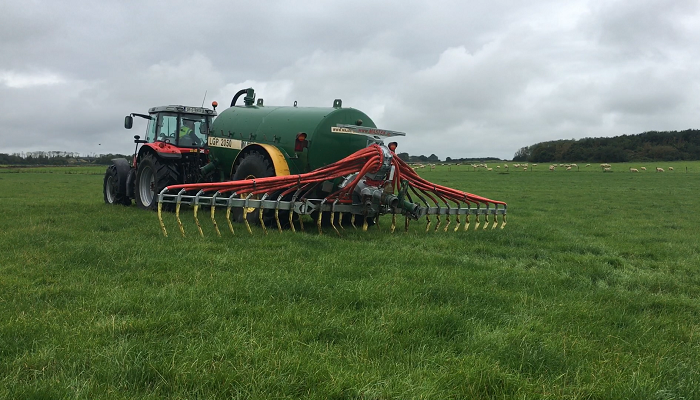23 November 2021
Trying to make sense of the Climate Action Plan

The Climate Action Plan is aiming to reduce our total national emissions by 51% by 2030. Each sector of the economy has been allocated a budget. Enda O’Hart, Drystock Adviser, Teagasc Castlerea discusses two of the recently published sectoral budgets under the Climate Action Plan, impacting farmers
As you are all aware the Government recently published sectoral budgets under the Climate Action Plan. The Climate Action Plan is aiming to reduce our total national emissions by 51% by 2030. Each sector of the economy has been allocated a budget and two of those are relevant to farmers namely Agriculture and Land Use, Land use Change & Forestry (LULUCF).
Agriculture
Agriculture has been tasked with reducing its emissions by 22 – 30% by 2030. This is a huge ask and the following points are the key measures Agriculture can implement to reduce emissions.
Key measures to reduce emissions:
- Improve efficiency at farm level.
- Implement MACC technologies. The Marginal Abatement Cost Curve MACC outlines measures like using protected urea, improving breeding efficiency and animal health etc.
- Reduce our chemical Nitrogen usage, as methane which is a potent greenhouse gas released by cattle and sheep is very hard to mitigate.
- Utilise any incentives policymakers may come up with to reduce emissions.
The baseline year from which emissions are being reduced from is 2018 and in that year Agriculture produced 23Mt CO₂. To get reductions of 22- 30% would mean getting that figure down to 16 – 18 MtCO₂. Fully implementing all proposals in the MACC would reduce emissions by 2MtCO₂. The Signpost Programme which is a new campaign run by Teagasc in conjunction with industry partners to improve sustainability on Irish farms, will support farmers to adopt these measures. This still leaves a big gap if no further mitigation measures were employed. This would mean that there would need to be a reduction in cattle numbers with huge knock on effects in terms of farm incomes, output and employment in rural areas. However, other research in the pipeline could bring further mitigation of up to 3 – 3.5MtCO₂, e.g. Feed additives at housing, further reducing fertiliser emissions and earlier slaughter.
The remaining gap to the target could be filled by additional research currently in its early stages like feed additives at pasture and breeding lower emitting animals which have the potential to deliver reductions of 1.5 – 3.5MtCO₂. As such therefore there are 3 hurdles to jump if Agriculture is to meet its reduction targets, all of which are demanding.
Land Use, Land Use Change & Forestry (LULUCF)
LULUCF is now a separate sector and currently is a net emitter of 4.8MtCO₂ per year and in the Climate Action Plan has been tasked with reducing its emissions by 37 – 58% by 2030. This will affect farmers as they are the biggest land users in the country. The Climate Action Plan outlines a number of measures to mitigate emissions.
Key measures to reduce emissions:
- Increase afforestation rate
- Rewetting farmed organic soils
- Improve management of mineral soils to increase carbon sequestration, etc.
There is no doubt that there is a huge programme of work ahead for all in the industry to try to achieve these targets and hopefully with buy in from all involved we will be able to achieve it.
Access the Climate Action Plan here for more. Read about the Signpost Programme–Farmers for Climate Action here
Teagasc Advisors are regular contributors of articles here on Teagasc Daily. Teagasc provides a Local Advisory and Education service to farmers. Find your local Teagasc office here
